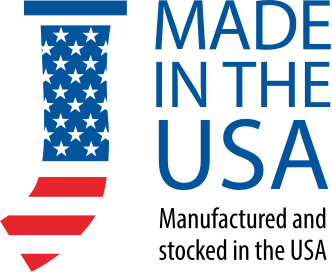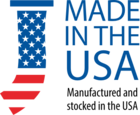What is Photoluminescent Pigment & How is it Used?
 Businesses that understand how truly effective photoluminescence is when applied to specific types of products and uses are way ahead of the power curve that all companies that can benefit from photoluminescent technology ought to be. Businesses that have been taking advantage of the benefits of photoluminescence have also recently discovered the uses of photoluminescence as a pigment. Photoluminescent pigment is actually derived from a photoluminescent extract in the form of a glow-in-the-dark powder, which is also called phosphorescent crystals, or, in this case, pigments. This powdery substance derived from the essence of photoluminescent technology acts in the same manner as most other products infused with photoluminescent technology – it absorbs ambient light as its own energy source, and then emits the translated ambient light in the form of glow in the dark technology when darkness surrounds the area or location. Moreover, photoluminescent pigmentation can emit a bright glow over the same length of time as any photoluminescent product, which occurs when electrons absorb energy during the presence of an ambient light source. Believe it or not, no chemical reaction during the entirety of this process actually occurs.
The determination of how photoluminescent pigments will be used generally has to do with the size and effort involved in the application. A large sample of photoluminescent pigmentation involves the utilization of a relatively large particle size that will provide a very high afterglow intensity that is considered suitable for most types of applications, of which includes both brush and spray painting, glass molding, and candle making. What is considered as a medium size application – which only needs a relatively moderate size of particles and what will emit a moderate afterglow intensity – would be suitable for applications such as silkscreen printing and plastic molding. A small, or fine size pigmentation level, which requires only a small particle size (a fraction of the large quantities) and low afterglow intensity, can be used for thread and fiber production, or virtually any type of production process that requires very fine article sizes. The variation in mesh sizes is very technical, so for a completely comprehensive guide involving photoluminescent pigment particle size, contact GloBrite Systems.
Because the use of photoluminescent pigments is considered quite technical, expert opinion and advise should be sought out in order to fully grasp how to utilize this technique. The professionals at GloBrite Systems can offer the expert advice you seek. Once you have discussed all the technical aspects of photoluminescent pigment, and how it can be used, you will obtain the knowledge needed to move forward in your pursuit of using the technology to your advantage. The experts at GloBrite Systems are more than happy to offer consultation for this process, which should be acquired in order to maximize precision and efficiency as it pertains to photoluminescent pigments.
Businesses that understand how truly effective photoluminescence is when applied to specific types of products and uses are way ahead of the power curve that all companies that can benefit from photoluminescent technology ought to be. Businesses that have been taking advantage of the benefits of photoluminescence have also recently discovered the uses of photoluminescence as a pigment. Photoluminescent pigment is actually derived from a photoluminescent extract in the form of a glow-in-the-dark powder, which is also called phosphorescent crystals, or, in this case, pigments. This powdery substance derived from the essence of photoluminescent technology acts in the same manner as most other products infused with photoluminescent technology – it absorbs ambient light as its own energy source, and then emits the translated ambient light in the form of glow in the dark technology when darkness surrounds the area or location. Moreover, photoluminescent pigmentation can emit a bright glow over the same length of time as any photoluminescent product, which occurs when electrons absorb energy during the presence of an ambient light source. Believe it or not, no chemical reaction during the entirety of this process actually occurs.
The determination of how photoluminescent pigments will be used generally has to do with the size and effort involved in the application. A large sample of photoluminescent pigmentation involves the utilization of a relatively large particle size that will provide a very high afterglow intensity that is considered suitable for most types of applications, of which includes both brush and spray painting, glass molding, and candle making. What is considered as a medium size application – which only needs a relatively moderate size of particles and what will emit a moderate afterglow intensity – would be suitable for applications such as silkscreen printing and plastic molding. A small, or fine size pigmentation level, which requires only a small particle size (a fraction of the large quantities) and low afterglow intensity, can be used for thread and fiber production, or virtually any type of production process that requires very fine article sizes. The variation in mesh sizes is very technical, so for a completely comprehensive guide involving photoluminescent pigment particle size, contact GloBrite Systems.
Because the use of photoluminescent pigments is considered quite technical, expert opinion and advise should be sought out in order to fully grasp how to utilize this technique. The professionals at GloBrite Systems can offer the expert advice you seek. Once you have discussed all the technical aspects of photoluminescent pigment, and how it can be used, you will obtain the knowledge needed to move forward in your pursuit of using the technology to your advantage. The experts at GloBrite Systems are more than happy to offer consultation for this process, which should be acquired in order to maximize precision and efficiency as it pertains to photoluminescent pigments.












